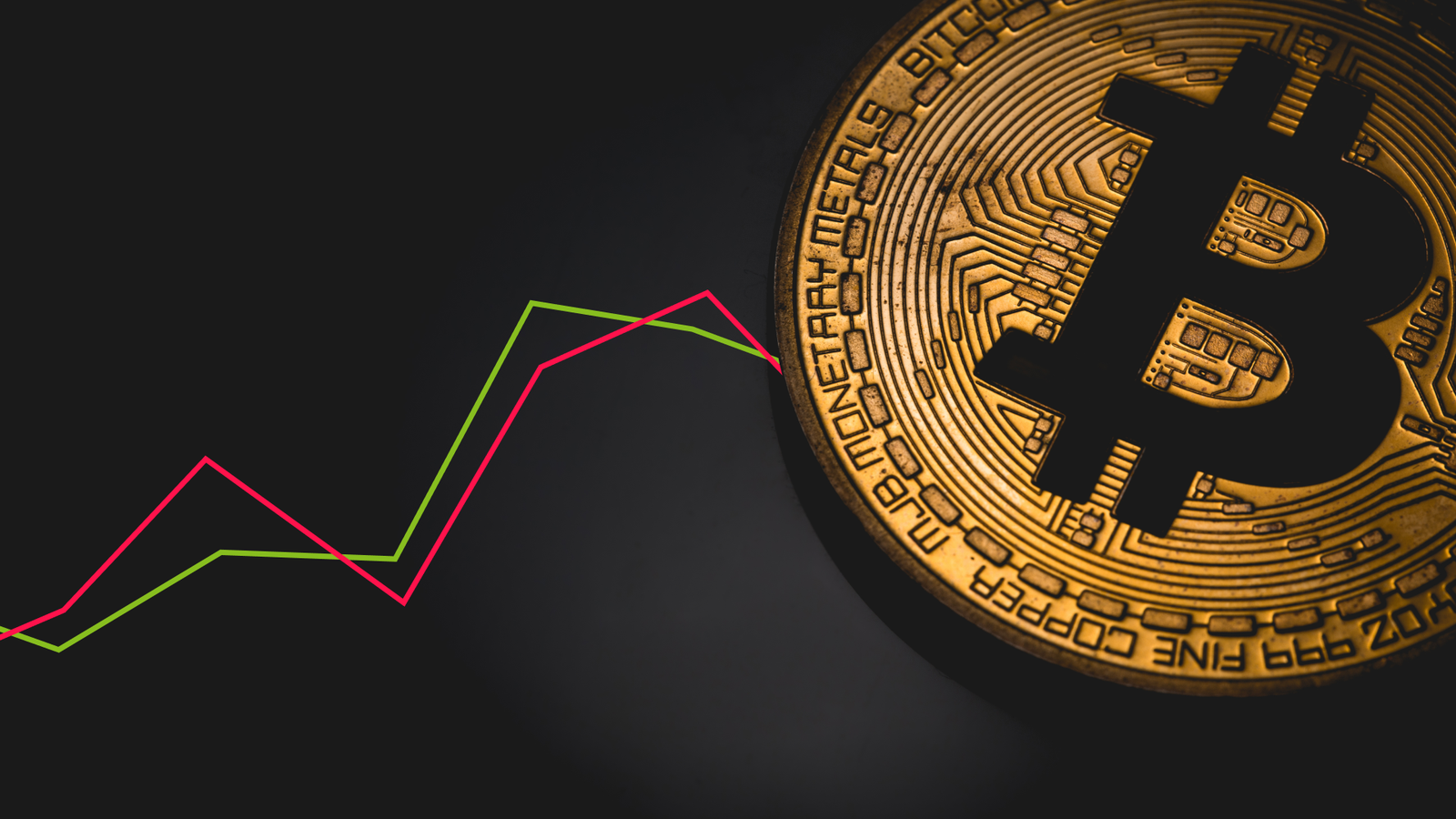Bitcoin Weekly Forecast: BTC Suffers $1.15B ETF Outflows as Powell Speech Nears
Bitcoin (BTC) continued its correction this week, dropping more than 3% to hold above the important support of $111,980 as institutional demand slipped and profit-taking hardened. Spot Bitcoin ETFs saw more than $1.15 billion in outflows—the biggest in five months—highlighting eroding momentum in the market. On-chain metrics also showed eroding demand and high futures open interest, indicating tenuous sentiment. A dovish Federal Reserve approach and lower rate-cut hopes contributed to downside pressure on risk assets. But corporate BTC buying, Hong Kong’s virtual asset trading launch, and geopolitical optimism provided some respite. Now, traders look for Fed Chair Jerome Powell’s Jackson Hole speech for new hints on when Bitcoin will make its next move. KEY LOOKOUTS • Spot Bitcoin ETFs saw $1.15 billion in outflows, the biggest in five months, and that raised fears of more downside. • BTC is maintaining above $111,980 support; a break could lead to further correction, and a rally above $114,788 (50-day EMA) may incite rebound. • Market participants are looking for Jackson Hole Symposium comments for signals on upcoming interest rate policy and its influence on risk assets. • Weakening demand, profit-taking, and high open interest point to weak market conditions, but institutional buying at dips provides some hope. Bitcoin’s price correction intensified this week as profit-taking and declining institutional demand pulled the cryptocurrency below critical technical levels, albeit still ranging above $111,980 support. Spot Bitcoin ETFs experienced $1.15 billion worth of outflows, their largest in five months, which indicates diminishing momentum and puts further downside pressure in question. On-chain metrics also indicate cooling demand and high leverage, making the market susceptible to volatility. In the meantime, macroeconomic headwinds emanating from the Federal Reserve’s dovish tilt have negatively impacted risk sentiment, with investors now eagerly looking out for Jerome Powell’s Jackson Hole speech for more clues on the rate prospect and Bitcoin’s next potential move. Bitcoin is still under pressure this week, holding above $111,980 support after spot ETFs saw $1.15 billion in outflows, the largest in five months. Deteriorating demand, profit-taking, and hawkish Fed leaning increase the downside risk, with market players looking to Powell’s speech in Jackson Hole for new market signals. • Bitcoin fell more than 3% this week, holding above $111,980 crucial support. • Spot Bitcoin ETFs saw $1.15 billion of outflows, the biggest in five months. • BTC has fallen close to 8% from the all-time peak of $124,747 on August 14. • Weak demand and increasing profit-taking are reflected in on-chain data. • Open interest in futures is still high at $67 billion, indicating vulnerable conditions. • A dovish Fed outlook and lower rate-cut expectations negatively influence risk assets. • Market participants look to Fed Chair Jerome Powell’s Jackson Hole address for future guidance. Bitcoin had a tough week as sentiment among investors deteriorated, with spot Bitcoin exchange-traded funds experiencing more than $1.15 billion of outflow, the biggest in five months. This indicated weakening institutional appetite, as most investors took profits after the recent all-time highs of the cryptocurrency. Market focus also shifted towards wider macroeconomic trends, specifically the Federal Reserve’s dovish approach towards inflation and monetary policy, which has contributed to uncertainty among risk assets, including Bitcoin. BITCOIN DAILY PRICE CHART SOURCE: TradingView There were rays of hope in the market despite the correction. Institutional investors such as Metaplanet and Strategy used the drop to increase their Bitcoin positions, indicating long-term faith. Moreover, CMB International Securities’ introduction of virtual asset trading in Hong Kong was a huge leap forward for mainstream acceptance, as it was the first Chinese bank-associated brokerage to get into the business. At the same time, geopolitical events, including possible peace negotiations between Russia and Ukraine, promised better risk sentiment, which would indirectly positively impact Bitcoin in the near term. TECHNICAL ANALYSIS Bitcoin is finding its range just above its key support at $111,980 after falling close to 8% from its latest all-time peak. A bounce back above the 50-day Exponential Moving Average (EMA) level of $114,788 would pave the way for a journey towards the resistance level at $116,000. But the Relative Strength Index (RSI) is currently at 42, below the neutral 50 level, indicating bearish momentum. Unless the RSI is able to return above neutral, BTC will risk being in consolidation or facing additional downward pressure. FORECAST If Bitcoin is able to maintain the $111,980 support price and build further momentum over its 50-day EMA level of $114,788, it may initiate a short-term rebound. A breakout above this region would be likely to prompt the buyers to drive BTC towards its next resistance level of $116,000, and if the uptrend momentum gains further strength, the price may test the $120,000 zone in the near future. Institutional dip-buying and favorable macro or geopolitical news may also serve as a catalyst for an upside move. Conversely, inability to hold the $111,980 support may intensify selling momentum and extend the correction. A drop below this key level might leave Bitcoin vulnerable to deeper falls towards $110,000 and even $108,500 if demand continues to erode. High futures open interest levels and diminishing institutional demand imply that even small declines are capable of unleashing sharper losses, particularly if Powell’s Jackson Hole speech indicates a more aggressive monetary policy trajectory.







